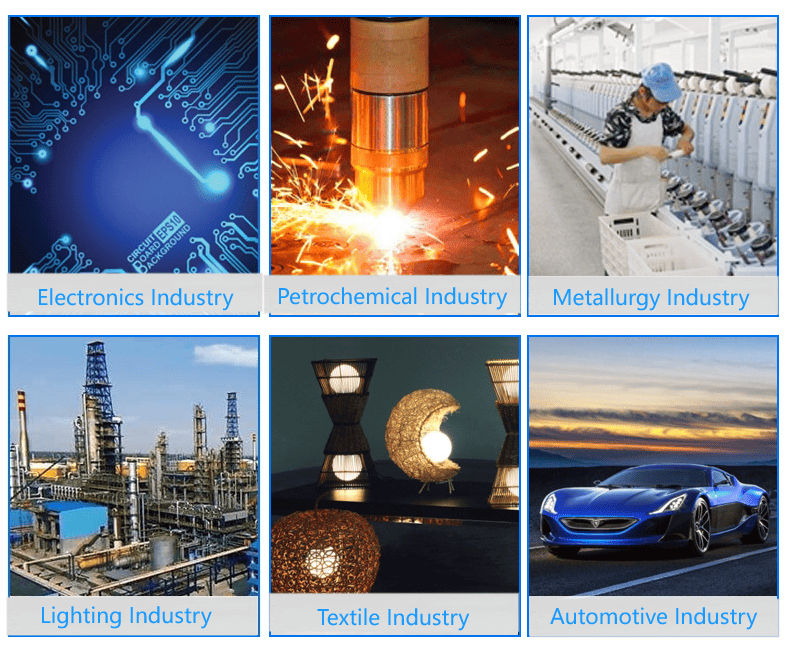Discover Premium Ceramic Products | Durability & Elegance United | Advanced Ceramics
PRODUCT PARAMETERS
Description
Overview of aluminum nitride ceramics
Aluminum Nitride Ceramic is an advanced ceramic material with aluminum nitride as the main component. It has been widely used in electronics, optics, and mechanics due to its unique properties.
Features of aluminum nitride ceramics
High thermal conductivity: Aluminum nitride ceramics have relatively high thermal conductivity, usually between 170-260 W/m·K, which makes it an excellent heat dissipation material. It is especially suitable for electronic devices that require efficient heat dissipation, such as substrate materials for power semiconductor devices.
Good electrical insulation: Despite its high thermal conductivity, aluminum nitride ceramics are excellent insulators of electricity, which can effectively prevent current leakage and ensure the safe operation of electronic components.
Low dielectric constant and dielectric loss: These characteristics make aluminum nitride ceramics very suitable for use in high-frequency circuits because it can reduce energy loss during signal transmission.
High temperature resistance: Aluminum nitride ceramics can maintain structural stability and strength at extremely high temperatures. Its melting point is about 2800°C, so it is suitable for applications in high temperature environments.
Low thermal expansion coefficient: Compared with semiconductor materials such as silicon, aluminum nitride has a lower thermal expansion coefficient, which means it has better dimensional stability when the temperature changes, which helps improve packaging reliability.
Corrosion resistance: Aluminum nitride ceramics have good chemical stability to most molten metals and are not easily oxidized or corroded, allowing them to perform well in harsh environments.
High mechanical strength: Although not as hard as some other types of ceramic materials, aluminum nitride ceramics still provide enough mechanical strength to allow them to be used in many structural applications.
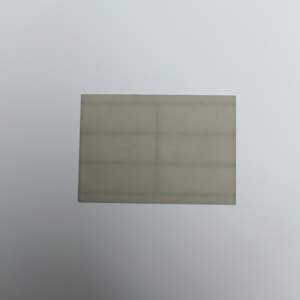
(High Thermal Conductivity / Aluminum Nitride / AlN Ceramic Substrate/ Plate / Block)
Specifications of High Thermal Conductivity / Aluminum Nitride / AlN Ceramic Substrate/ Plate / Block
High Thermal Conductivity Light Weight Aluminum Nitride (AlN) Ceramic Substrates offer exceptional performance in demanding electronic applications. These substratums master thermal monitoring as a result of their high thermal conductivity, reaching 170-220 W/mK. This residential or commercial property makes certain effective warmth dissipation, vital for gadgets running under high power or extreme temperatures. Light weight aluminum nitride sticks out contrasted to various other ceramics like alumina. Alumina usually supplies around 20-30 W/mK, making AlN a far better choice for advanced thermal services.
The material preserves exceptional electrical insulation, with a dielectric toughness surpassing 15 kV/mm. This stops electrical leak also in high-voltage environments. Its quantity resistivity stays above 10 ^ 14 Ω · cm, making certain trusted insulation across varied temperature levels. AlN’s thermal expansion coefficient very closely matches silicon. This compatibility minimizes anxiety in semiconductor packaging, improving tool durability.
Mechanical stability is one more key advantage. AlN substratums reveal high flexural stamina, typically going beyond 300 MPa. They withstand deformation under mechanical or thermal stress, making sure durability in severe problems. The material likewise withstands chemical rust, doing well in acidic or alkaline atmospheres. Surface coating options include brightened or metallized layers. Metallization enables straight bonding with circuits or warm sinks, streamlining assembly.
Applications extend markets needing accurate thermal control. In power electronic devices, AlN substratums cool down high-power LEDs, laser diodes, and RF modules. Electric car systems use them to handle warm in battery components and inverters. Aerospace and defense fields depend on AlN for radar systems and satellite components. The substrates also serve in semiconductor production as wafer chucks or plasma-resistant parts.
Customization choices consist of thicknesses from 0.25 mm to 10 mm and measure to 200 mm x 200 mm. Resistances are tightly managed, with thickness precision within ± 0.02 mm. AlN substrates run dependably from -50 ° C to 500 ° C, appropriate for extreme atmospheres.
Aluminum Nitride Ceramic Substrates equilibrium thermal efficiency, electric insulation, and mechanical strength. They resolve obstacles in modern electronic devices where warm monitoring influences effectiveness and integrity.
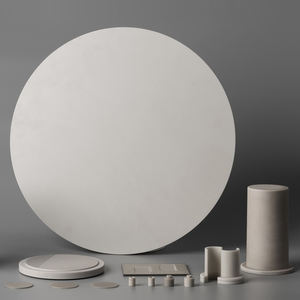
(High Thermal Conductivity / Aluminum Nitride / AlN Ceramic Substrate/ Plate / Block)
Applications of High Thermal Conductivity / Aluminum Nitride / AlN Ceramic Substrate/ Plate / Block
High thermal conductivity light weight aluminum nitride (AlN) ceramic substratums are extensively made use of in markets requiring effective warmth management. These materials master transferring heat away from delicate elements, guaranteeing stable performance in high-temperature atmospheres. AlN ceramic plates or blocks prevail in electronics, particularly for LED lights systems. They help dissipate heat produced by high-power LEDs, prolonging lifespan and preserving brightness.
In power electronics, AlN substratums work as bases for semiconductor gadgets. Their capability to take care of extreme heat makes them ideal for power components in electrical cars and renewable resource systems. The low thermal expansion of AlN matches well with silicon chips, lowering stress and anxiety and stopping damage throughout temperature adjustments.
The vehicle market counts on AlN porcelains for onboard battery chargers and battery monitoring systems. Efficient warm dissipation enhances integrity in electric cars and trucks, where getting too hot can endanger security. AlN’s electric insulation residential or commercial properties also avoid short circuits, adding a layer of defense.
Aerospace and protection applications take advantage of AlN’s security under severe conditions. Radar systems and microwave communication devices make use of these substratums to take care of warmth in small, high-frequency setups. The product’s resistance to corrosion and radiation additional fits extreme operational settings.
AlN ceramic blocks are utilized in laser modern technology. High-power lasers create substantial warm, and AlN substratums keep optimal temperatures for constant output. This is vital in medical lasers and industrial cutting makers.
Renewable resource systems like solar inverters make use of AlN plates to improve efficiency. By managing heat in power converters, power loss is decreased, boosting total system performance. The material’s resilience ensures long-term procedure in outside installments.
Industrial furnace include AlN for consistent warm distribution. Its high thermal conductivity permits quick temperature modifications, essential in precision manufacturing procedures. AlN’s chemical inertness makes it ideal for activators and sensing units in destructive environments.
Personalized sizes and shapes of AlN substratums adapt to specific device needs. Machining alternatives consist of slim plates for compact electronics or thick blocks for heavy-duty applications. The safe nature of AlN straightens with environmental and safety criteria.
Aluminum nitride ceramics combine thermal efficiency with mechanical toughness. Their function beforehand technology covers electronic devices, transportation, power, and beyond. As need expands for efficient thermal remedies, AlN stays a vital product for modern engineering challenges.
Company Introduction
Advanced Ceramics founded on October 17, 2014, is a high-tech enterprise committed to the research and development, production, processing, sales and technical services of ceramic relative materials and products.. Since its establishment in 2014, the company has been committed to providing customers with the best products and services, and has become a leader in the industry through continuous technological innovation and strict quality management.
Our products includes but not limited to Silicon carbide ceramic products, Boron Carbide Ceramic Products, Boron Nitride Ceramic Products, Silicon Carbide Ceramic Products, Silicon Nitride Ceramic Products, Zirconium Dioxide Ceramic Products, Quartz Products, etc. Please feel free to contact us.(nanotrun@yahoo.com)
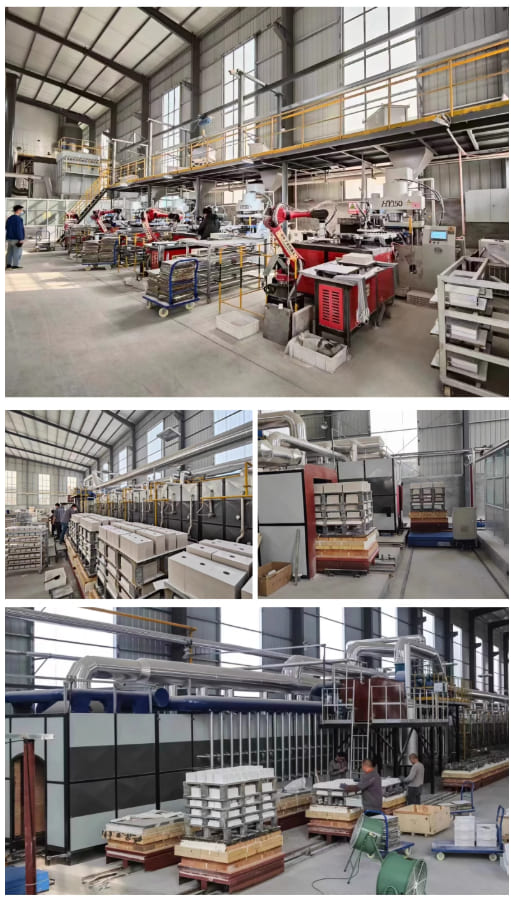
Payment Methods
T/T, Western Union, Paypal, Credit Card etc.
Shipment Methods
By air, by sea, by express, as customers request.
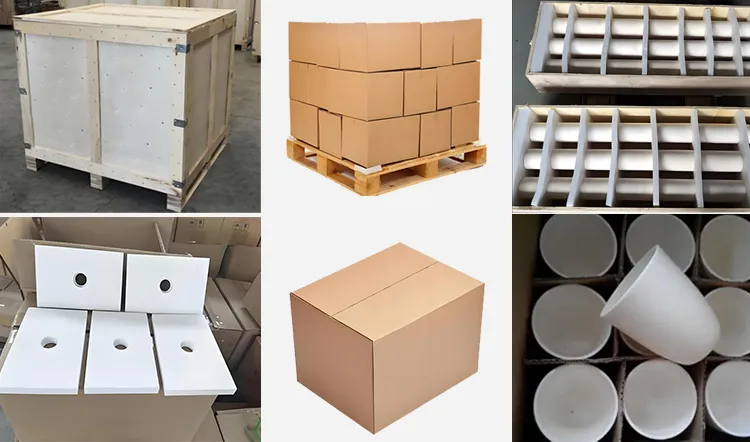
5 FAQs of High Thermal Conductivity / Aluminum Nitride / AlN Ceramic Substrate/ Plate / Block
Aluminum Nitride (AlN) ceramic substrates handle high heat well. People ask why they are good for thermal management. Aluminum Nitride has a thermal conductivity of 170-200 W/mK. This is much higher than alumina or other ceramics. It moves heat away fast from parts like power electronics or LED chips. This stops overheating and keeps devices working longer.
People want to know where AlN substrates are used. They are common in electronics needing heat control. Examples include LED lighting, semiconductor modules, laser diodes, and radio-frequency devices. They work in electric vehicles, aerospace systems, and industrial machines. These places need materials that manage heat without breaking down.
A frequent question is how AlN compares to alumina or aluminum. Aluminum Nitride conducts heat better than alumina. Alumina’s thermal conductivity is around 20-30 W/mK. Aluminum metal conducts heat well but conducts electricity too. AlN stays electrically insulating while moving heat efficiently. It also resists corrosion better than metals in harsh conditions.
Many ask if AlN substrates are fragile. They are ceramics, so they can crack under force or sudden temperature changes. Proper handling avoids damage. Machining requires diamond tools for precise cuts. Suppliers often pre-machine parts to reduce user risks.
People wonder if AlN plates come in custom shapes. Yes. Manufacturers cut AlN into discs, blocks, or complex designs. Thickness and surface finishes can be adjusted. Some add metal layers like gold or copper for soldering parts. Custom sizes depend on the supplier’s equipment.
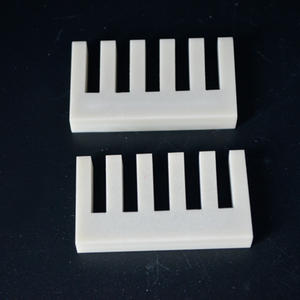
(High Thermal Conductivity / Aluminum Nitride / AlN Ceramic Substrate/ Plate / Block)
REQUEST A QUOTE
RELATED PRODUCTS
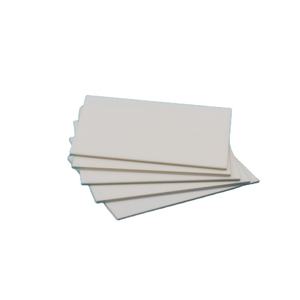
AlN Aluminum Nitride Ceramic Plate
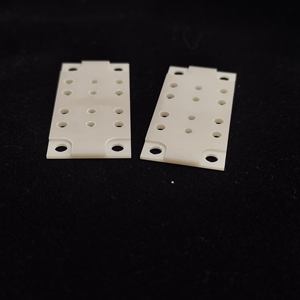
High Thermal Conductivity AlN Aluminum Nitride Electrical Ceramic Crucible
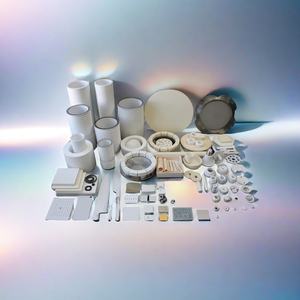
Spherical AlN Ceramic Microsphere Aluminum Nitride Powder AlN Granules
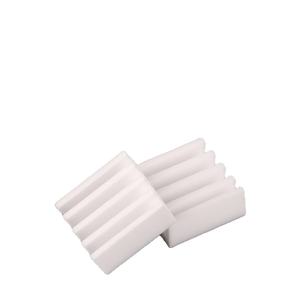
Long Uselife AlN Heating Element Aluminum Nitride Ceramic Plate Parts
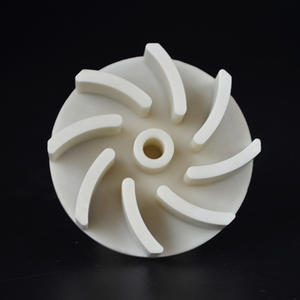
Industry Electrical CNC Machining Ceramic Component Aluminum Nitride Ceramic ALN Heat Sink



